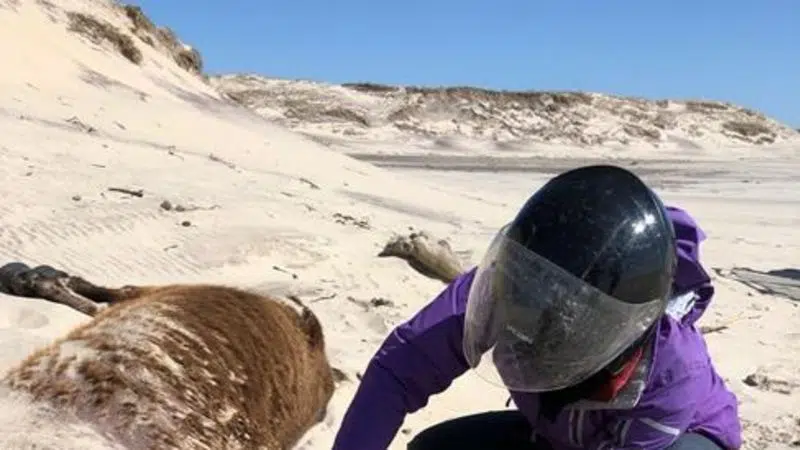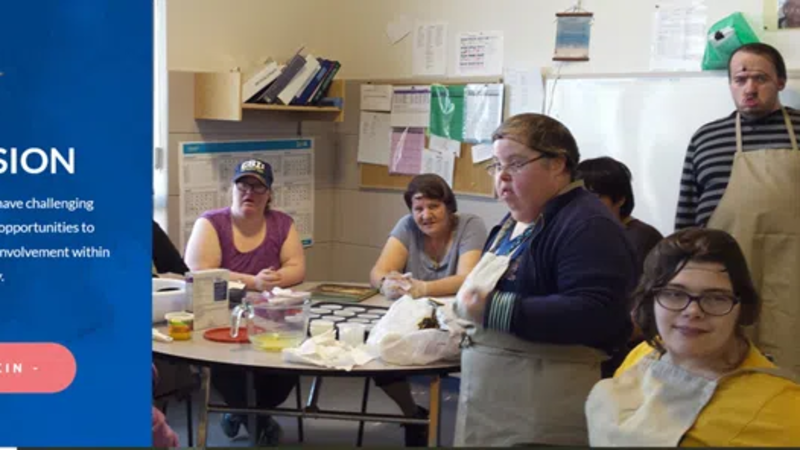
The hard life of a wild Sable Island horse:’Eking out a living on this sandbar’
HALIFAX — Researchers studying the carcasses of Sable Island’s fabled wild horses have discovered many had unusual levels of parasites and sand, suggesting they are tougher than most horses, even as many died of starvation.
A team from the University of Saskatchewan and Parks Canada performed necropsies on more than 30 dead animals during trips to the isolated sandbar about 160 kilometres off Nova Scotia in 2017 and 2018.
“We showed up in 2017 not knowing whether there would be any dead horses to find,” said researcher Emily Jenkins.


